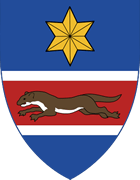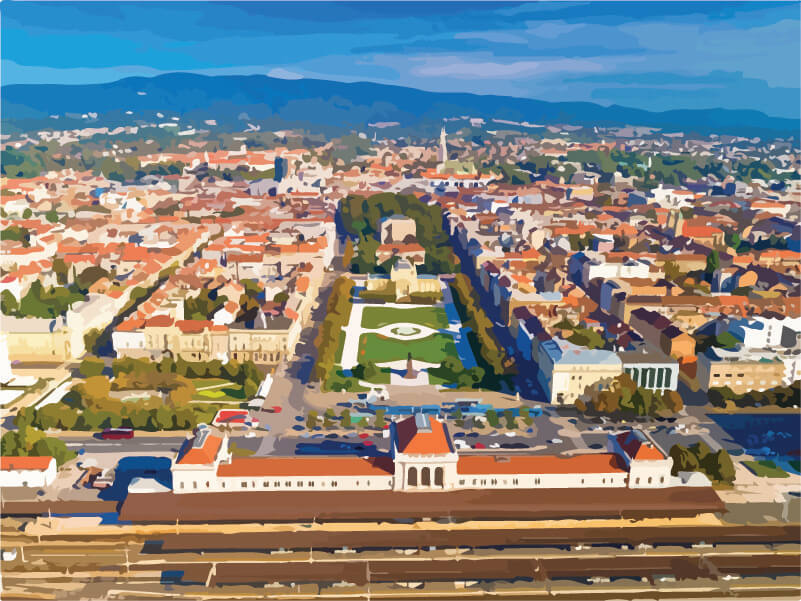Top tourist attractions Continental Croatia . Discover, explore and visit natural and cultural sights, events and points of interest, the best restaurants and bars, and spend an unforgettable vacation in region Continental Croatia!
Continental Croatia

What is beauty without a brain? The great German philosopher said it is a controversy or a painful shame! Croatia is all beautiful, so it is also beautiful its continental part. This part of Croatia is dominated by the economy and the concentration of educated people and technology. Here we primarily think of Zagreb, the main and largest city of Croatia, where every year 80,000 students study! Located under Medvednica mountain, Zagreb offers all that is expected from a metropolis. Beautiful city views, charming Gornji grad with preserved old town core, the unsurpassed Dolac market with a unique offer of agricultural products, numerous theaters, and museums, nightlife, and the possibility to go hike and ski on Medvednica. All this can be experienced by choosing private accommodation in rooms or apartments via direct contact with accommodation owners without agency fees.
Behind Medvednica lies Hrvatsko Zagorje, a hilly part known for wine production and fine food. You just have to visit one of the many wine roads, where you can taste many different tastes. Apart from the free-minded spirit, this region is known for the fact that here are born Croatian presidents. The most famous was Tito, whose birthplace Kumrovec has a memorial center. First Croatian president Tuđman was also born here, whose birthplace is small village Veliko Trgovišće. Cheap and affordable private accommodation and many holiday homes for rent make Hrvatsko Zagorje an inevitable part of the continental Croatia's tourist offer.
North of Zagorje is the baroque town of Varaždin, which is especially nice to visit during the Špancir festival. Then its Baroque spirit is revived by thousands of visitors enjoying the rich offer of concerts and other cultural events and offering local products. Close to Varaždin is Međimurje, a small region of Croatia bounded by the Drava and Mura rivers, which offer similar gourmet offerings along with similar winding wine roads as well as in Zagorje. Of course, the best way to experience all this is via direct contact with the owners of accommodation. Along with all the natural beauties the gentle and good-natured people are the greatest wealth of this area.
And finally Slavonia - the soul of Croatia! Bordered by Drava, Sava and Danube rivers, Slavonia is situated in the eastern part of Croatia. It is the most developed agricultural part of Croatia. Slavonia is arable land of Croatia but much more than that. Throughout history, Croatia was called the kingdom of Slavonia, Dalmatia, and Croatia. Plenty of plains are sown in a variety of agricultural cultures on the slopes of Papuk and Krndija. Many yellow and green fields and the famous wine regions like Ilok and Kutjevo, the beautiful towns of Đakovo, Vukovar and Osijek are places you just have to visit. And here you can find a lot of options for accommodation, from vacation homes and rooms to cheap apartments. Private accommodation is without agency commissions. There is no reason not to visit this part of Croatia along the banks of the Drava or Danube. Along with the famous Slavonian tamburitza, wine and the kitchen it is best to discover the beauty of golden Slavonia. We invite you to visit or at least stop by in the interesting continental part of Croatia, which offers many natural and cultural sites worth visiting. Welcome to continental Croatia and we wish you pleasant holidays!
Our recommendation
Continental Croatia
